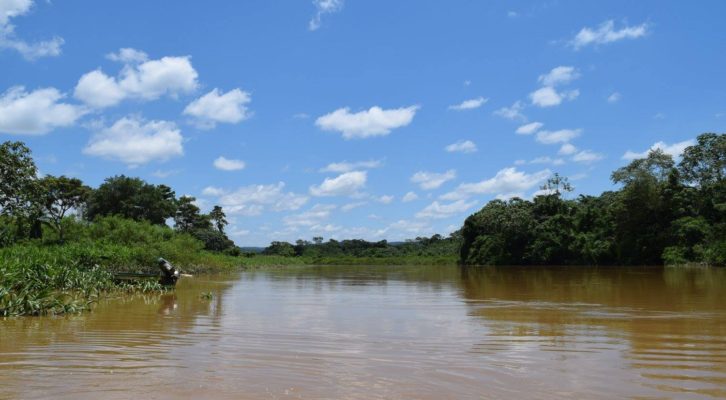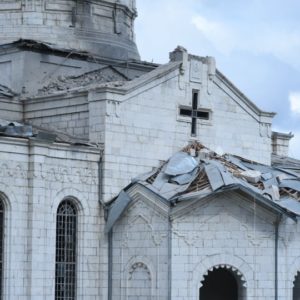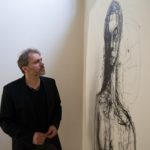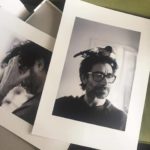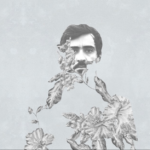Societies in which there is less social distance between their rulers and their ruled are less likely to collapse, according to Jared Diamond. Likewise, societies that are more open to developing inclusive innovations tend to be more capable of reaching consensus, while societies that develop the ability to reach consensus tend to be more innovative societies within the framework of political models that favor the construction of stable and lasting peace.
To address this reflection on the need to promote the culture of community innovation through the development of the capacity to reach consensus, I present two different phenomena, first, the economy of drug trafficking in Colombia and, second, in the experiences of the Netherlands and the Magdalena Medio region that portray models of inclusive innovation.
Drug trafficking a chain that innovates for inefficiency and the creation of social charges
In theory, economies focus their production according to their competitive and comparative advantage, however, the value chain of drug trafficking is composed of a set of illegal activities, which involve the development of skills and particular capacities that allow the operation of the activity illegal, without generating value in the chain itself, to explain this Francisco Thoumi lists a set of activities specifically necessary in illegal drug trafficking industries, from this perspective a drug trafficking economy is highly inefficient.
1) Trade (illegal) supplies through smuggling.
2) Sow. harvest and tend (illegal) plantations.
3) Develop (illegal) manufacturing systems.
4) Selling (illegal) products in countries where there is (illegal) drug production.
5) Smuggling the product out of the country.
6) Develop product marketing networks in other countries.
7) Transport the money obtained to change to another currency without revealing its origin (illegally between borders).
8) Wash and invest the profits obtained.
Thoumi calls “illegal skills” the capacities that must be developed by actors linked to drug trafficking economies, functional to act in institutional environments, fundamental for the sustainability of the industry, instead of providing social welfare, they generate income and become a social burden This factor will be decisive in understanding the Colombian economy, characterized by being highly idle.
According to Alejandro Reyes, an example of this is the concentration of land to live on income avoiding taxes, without generating added value, a condition that has had repercussions on the incipient development of national industries, the development of technological and industrial innovations, and the persistence of poverty and social inequality.
When innovating for the benefit of the community Netherlands
The Netherlands is literally below sea level in most of the territory, the highest mountain reaches 300 meters above sea level, there no one is saved from the risk of losing everything, even life due to the difficult geographical conditions in which this takes place. In the country, according to Ben Coates, the complex ecosystem conditions that affect rich and poor alike have long created a sense of community of caring for each other. The shared need to protect each other has led political leaders to be more empathetic to their fellow citizens and companies to lead inclusive innovations.
During the seventeenth century, the Dutch were great global explorers, they made great riches, which cost many lives, something that we cannot lose sight of. What I want to frame from the Dutch experience is their learning about how to redistribute their wealth by investing in common goods that improve the quality of life of all, they understood that a national economy goes at the speed of the furthest behind, not the richest. These historical learnings about solidarity allowed them to overcome World War II with resilience, and it would not be a surprise that they are among the best-organized societies to cope with the current epidemic crisis.
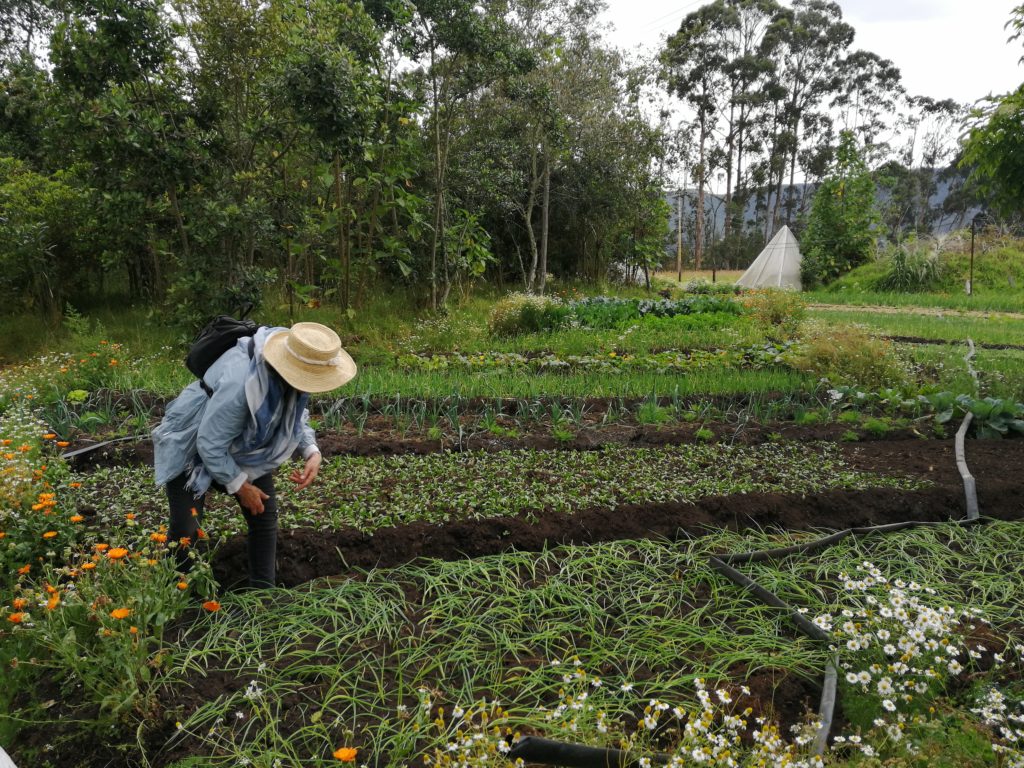
Magdalena Medio
Since I first heard about the Asociación Campesina del Valle del Río Cimitarra (ACVC) in 2016, they have become for me an emblematic model of community innovation in Colombia. The ACVC is made up of peasant men and women, natives of the Magdalena Medio region, who for more than 20 years have organized to build their own political, social and economic project. Creating a Peasant Reserve Zone.
The ACVC works through committees, decision-making is community-based, but it is also trained and informed, the associates have received training in citizen participation and governance that are interwoven with technical training to improve their crops, especially rice and the production of buffalo meat and dairy products, in its solidarity economy organization “Ecobufalo”. Through consensus, self-management, and innovation to solve daily problems, they have participated in territorial decision-making spaces promoting the conservation of territories and have become a model for the construction of territorial peace.
In Colombia, there is a great distance between rulers and their fellow citizens, so it is not surprising that our political leaders find it false that there are people who earn less than 2 million Colombian pesos a month, or who have become impoverished during confinement. Innovation, stability, and lasting peace comes when our rulers come down from their ivory tower to understand the complex and wonderful country that corresponds to them to govern.
Ana Prada is a Colombian activist, she had studied business administration, and sociology at the Javeriana University of Bogota and Alumni of the International Training in Dialogue and Mediation of the University of Uppsala. She is the founder of the 3colibris media, currently working for Caritas Colombiana in relation to the implementation of the “article one” of the Peace Accords. Ana has worked on projects for UNDP, UNFAO, UE, Suyusama Foundation. In addition, she is interested in the Colombian and Latin American rurality and has accompanied organic and agroecological production processes in Colombia, Mexico, Guatemala, Costa Rica, Ecuador, and Peru.


